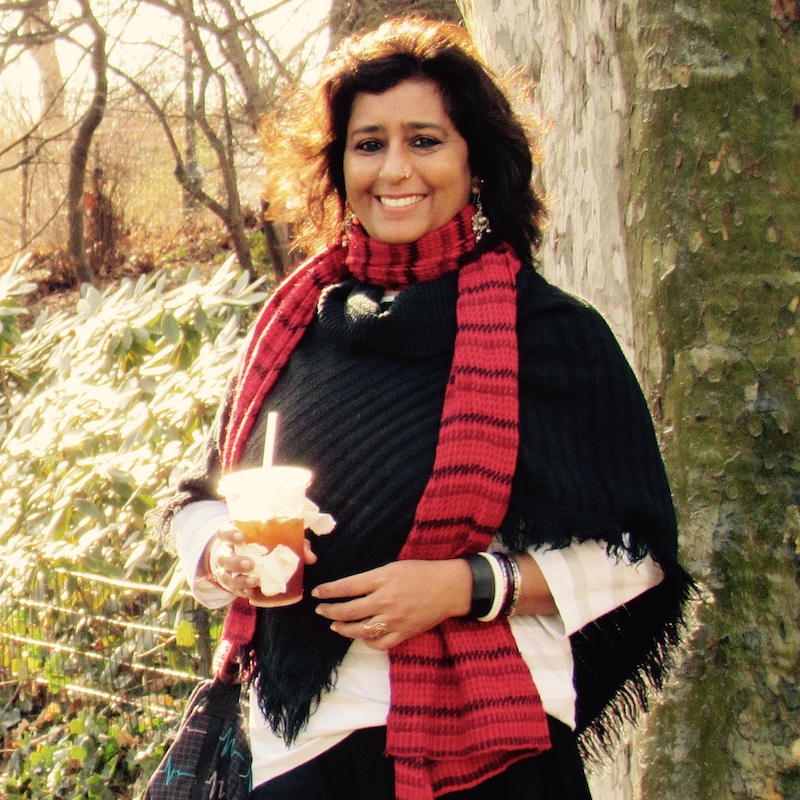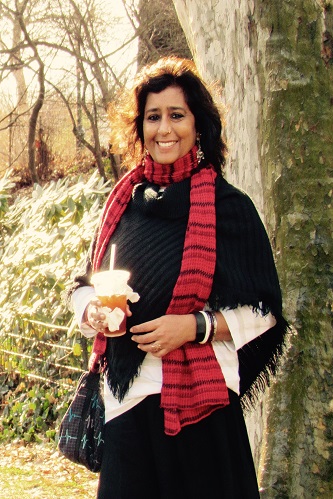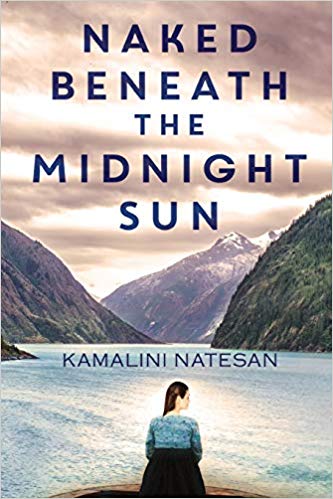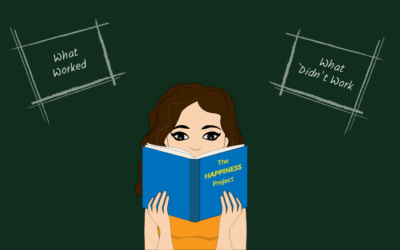Essay
Lessons From Writing My First Novel
My first novel was one that I had been writing in my head for a very long time, about five years after my return from Norway. Life has a way of coming in the way of one’s desires, beckoning to be lived first in order to instil it with some meaning. The need to live it right by one’s family and even oneself was more urgent than spending hours writing a saga. Therefore, professional and personal needs overrode all else at the time. Thereafter, marriage and kids followed. And I became an extension of my functions – a mother, a wife and a teacher.
Later in life, when life lost its pressing momentum, my story awoke from its long slumber and reignited in me. And so a physical form of my current novel started to take shape. I took my time, putting down thoughts and anecdotes over a few years, even as I attended writing workshops and wrote short stories intermittently.
The real thrust to actually bring my Norwegian saga together was when our family moved to Bangalore in 2013. The idea of publishing it came a few years later, in Gurgaon in 2017, when I accidentally met a publisher and broached this idea of a Norwegian tale. Thus, I began the earnest journey of editing and refining my debut novel Naked Beneath The Midnight Sun.

Breathing Life Into A Foreign Locale
I wrote Naked Beneath The Midnight Sun three decades after having lived in Vestby, Norway. Thus, the impressions, or rather, the imprints are those of a bygone era. I wished to share an authentic experience, not a tainted memory, harbouring the belief that anyone who loves travelling to foreign lands would read my novel and immediately yearn to undertake a voyage to witness Norwegian pastures. That was what I wanted above all. In the novel, both Suchareeta and Norway join hands to take the reader along on this saga of Suchareeta’s discovery of a foreign land and the unfolding of her Indian self. How, then, was I to create the Norwegian mood, with its heart and soul, and place it on the page? How could I achieve this effectively?
Rendering Places Alive Through Description
When the places described are new to a reader, and they often are, there is a certain skill required, a certain vocabulary that one must unleash in order to render these places alive. Rather than describe a place as ‘the river flowed on quietly’, ‘the sun shone upon the high church steeple’, and so on, one personifies the place with human attributes. For example, ‘the ochre waters of the Asda river reflecting the setting sun, sinuously stretched beyond the girl’s vision, mirroring her longing to flow into the awaiting arms of the ocean beyond’.
We’ve got a whole image here which is riveting. We are transported to a setting which could be both sad and poetic. To all those unfamiliar with the country, the writer’s skill lies in having the reader ride along smoothly. I have read some truly bumpy tales, where I was left wondering where I’d been, and that, to me, smacks of lacklustre writing. My ride had to hold the reader as king, and the country as queen, in an interdependent manner.
I had wished for the pace of the novel to match that of Norwegian life, a bit languorous yet not too slow, which is how folk live in Norway. I wanted my reader to be able to conjure up images of a life well-lived, yet not fast- one that allowed for reflective ponderings. It was a spontaneous outpouring, yet I was aware of maintaining a pace that would suit the story, not wishing to hurtle the reader along.
Using Food And Other Elements Of Daily Life
Description of food, for starters, is a key ingredient. It plays an incredible role in showcasing varying tastes and helps transport the reader to the world of the story. Aromas and spices, or the lack thereof, help to lift the writing, meeting the nostrils of the reader in an instant. What the characters eat is representative of a country’s ethos, inextricably tied in with its people.
Suchu describes the food she has been exposed to in an early letter to her mother: ‘The food is so bland and meaty here. It’s not particularly palatable, but I love the wholesale boiled potatoes, which are served with a kind of ghee. No daal or rice. Bread it is. I’m all right I suppose, and I will survive.’
Clothes, daily habits, interiors of homes, lingering perfumes and other smells, all work together to create images or evoke emotions. It is in the details; in the minutest descriptions that one achieves a screenplay of sorts. In the novel, lavender acts as a trigger for Suchu – a perfume that reaches her nostrils on her first morning. It awakens a memory of home in her as well as establishes a connection to her current place.
Similarly, the description of a Norwegian home renders it alive in the reader’s mind through a painting that hangs on a wall, the aroma of spices pervading the room where Suchu cooks a meal for her friends. All of these add body to the story, making it appear more tangible in nature.
Revisiting Old Memories
It is always easier to write about a place you’ve lived in. In order to pen a realistic tale, revisiting the years spent in Norway with their accompanying moments of heightened emotions, developing friendships, profound envy, rushes of unmitigated joy, long walks and skiing in the woods behind the school became a vital exercise. I reversed my clock and went back to 1985. And so, my journey began. I started to speak, think and dream in Norwegian. I reminisced more than I thought was possible. I was able to shift time zones at will within a few months of starting the novel. I was living in more than one place at a time and loving it too. Accessing those memories revealed many overwhelming details of my experience in Vestby.

(Image via Life In Norway)
Writing The Novel
Writing is an art, but it’s also cathartic, and if one writes sincerely, without overthinking phrases and looking up words, it flows. Editing is a necessity, but only after one puts down what flows from within, minus the idea that one must rewrite even as one writes. Cosmetic changes are made, and bits that don’t ‘feel right’ are then removed, but overall, writing is a process that is honed over time.
After I finish writing, in a spontaneous flow, I leave the piece. I let it stand, as one does with a dish. The resting time for this is important. Later, when I return to it with a fresh pair of eyes, I also get a cleaner perspective of what I wish to convey. I might change a word here and there, or I might not. But the resting time for a chapter, or a story, is key to getting it right.
Reading goes hand-in-hand with good writing, and one must never forget that. If one wants to be read, one must know at the outset, that whatever strikes you in a book as resonant and beautiful is what one imbibes unconsciously as well. It eventually seeps into one’s writing, with practice and in time. There is no replacement to writing, be it for oneself or to be published. One cannot develop the writer muscle by observing the keyboard, or the pen – one must use these to foster and cultivate one’s skills.
If I, the author, do not relish a chapter I’ve penned, then no one else will. One needs to know in their gut what feels right. Ultimately, the reader (along with the author) should be able to feel the same emotions as the characters in the story. If I’m able to manage that, I shall rest easy and move on to my next novel.
As long as the writer uses all sensory perceptions– touch, smell, sight, sound and taste to enrich the narrative, and enjoys writing and reading his/her own tale, there is very little that can go wrong.
—
I hope to imbue my second novel with a tighter pace, where every chapter hands out a takeaway, in a manner of speaking. I’ve realised that in order to keep your reader from straying, a hook is imperative, something that makes the reader want to keep reading, fuelled by a burning wish to know if the player stays in character. Actors in my story are key to my narrative, with the incidents working around them, and not the other way around. I hope to get better at merging my characters with their tale. I would like to keep my readers guessing, so the predictable needs to be avoided and surprises must keep coming.
There is an inexhaustible well of stories within me waiting to be told, and around the four cardinal corners of my mind, there lie many a tale. I can’t wait to have them see the light of day.

Not only a writer, Kamalini, is also a trained classical singer (Indian classical) and a teacher of French and Spanish. She regularly jams with a group of musicians. Her short stories and articles have been published in magazines, blogs and journals such as Parenting, New Woman, Café Dissensus and Coldnoon. Recently one of her essays, entitled Probing The Dermis, was published in a book – Twilight’s Children, Chronicles Of Uncommon Lives. Her first novel, Naked Beneath The Midnight Sun, will be published in 2019. You can follow her blog, here.
Read her articles, here.






